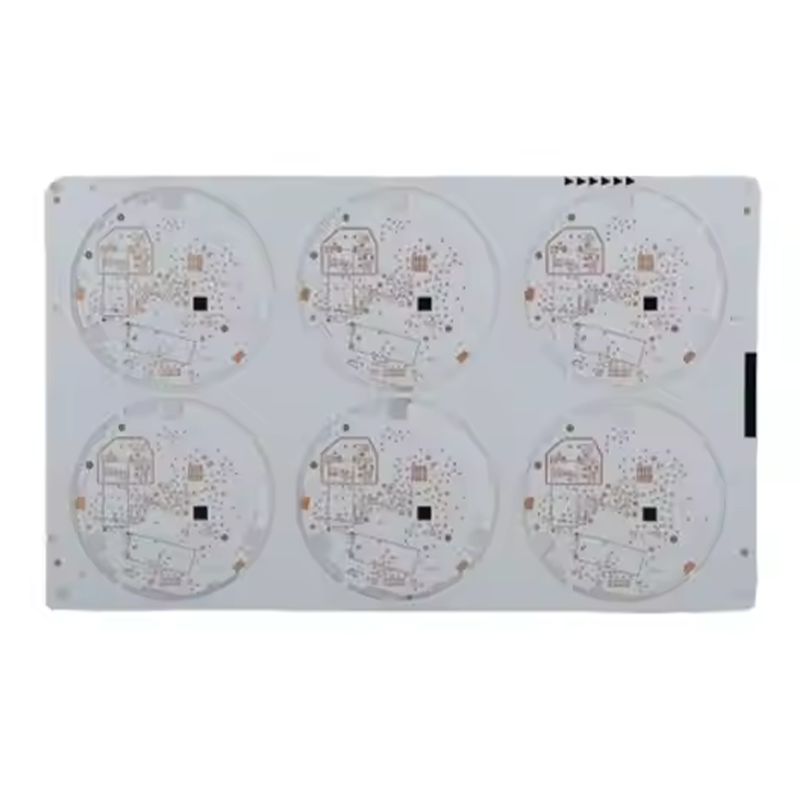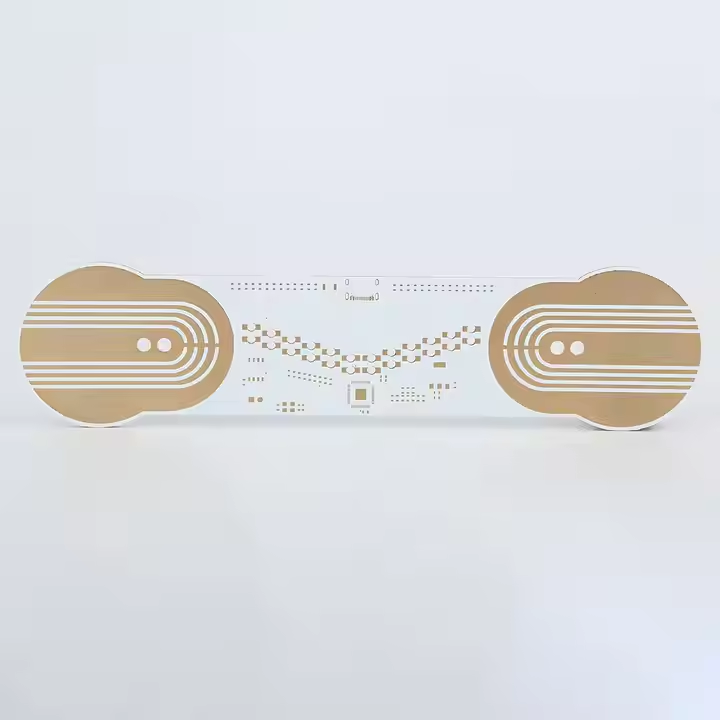Printed Circuit Boards (PCBs) serve as the backbone for electronic devices, making them crucial to device functionality and performance. These boards are more than just a platform for mounting components; they provide the fundamental structure that allows for the integration of complex electrical circuits essential in today’s technology. From simple gadgets to sophisticated systems, PCBs have become indispensable, driving the advancement of electronics across various industries.
The key functions of PCBs include providing electrical connectivity and mechanical support, which are vital for reliability in devices ranging from smartphones to industrial machinery. Electrical connectivity ensures that signals and power are efficiently distributed throughout the device, while mechanical support maintains the structural integrity of electronic components. This dual role underpins the durability and function of various applications, including consumer electronics, automotive systems, and aerospace technologies. Understanding these roles highlights why PCBs are integral to modern technology.
Printed Circuit Boards (PCBs) are populated with a variety of components, each serving unique functions essential to electronic devices. Resistors, capacitors, and inductors are foundational elements in PCB design. They control electrical flow, store energy, and filter signals, which are vital tasks in any electronic circuitry. Resistors manage the amount of current passing through the circuit, capacitors store and release electrical energy when needed, and inductors filter out interference and provide energy storage.
Integrated circuits (ICs) have pushed PCB technology forward, revolutionizing how electronics are designed and function. ICs combine multiple electronic components into a compact, single unit, providing high functionality with minimal space usage. This innovation has enabled the creation of more compact and powerful electronic devices, from smartphones to advanced industrial equipment. For example, microcontrollers and memory chips, quintessential types of ICs, play a pivotal role in the operation and effectiveness of cutting-edge technology.
Moreover, PCBs comprise both passive and active components. Passive components, like resistors and capacitors, do not require an external power source to operate, performing their functions without the need for an external input power. In contrast, active components, such as transistors and ICs, require an external power source to operate and can control the flow of electricity. Understanding the distinction between these two types is crucial for designing and implementing effective PCB solutions, as their roles and applications in electronic devices vary significantly.
The manufacturing process of Printed Circuit Boards (PCBs) begins with design and schematic capture, crucial steps that ensure the intended performance of the board. This initial phase involves creating a schematic representation of the circuit to simulate its functionality and identify potential issues before moving on to the physical layout. Such an approach enables engineers to troubleshoot and optimize the design, setting the foundation for efficient assembly.
Once the design phase is completed, assembly and soldering techniques become essential steps in bringing the PCB to life. Surface Mount Technology (SMT) is particularly favored in modern electronics due to its efficiency and compactness. SMT allows components to be mounted directly onto the surface of the PCB without the need for through-holes, facilitating a more streamlined and automated production process. This technique not only saves space and reduces manufacturing costs but also enhances the reliability and performance of electronic devices.
Integrating these processes effectively addresses industry standards and demands, ensuring that PCBs are ready for various applications. From concept to realization, each stage of manufacturing plays a pivotal role in delivering quality electronic products that meet up-to-date technological advancements.
Custom PCB solutions provide tailored functionalities to meet the specific requirements of different applications, such as thermal management and layout constraints. For instance, in innovative products like solar garden lights, managing heat efficiently is crucial to optimizing performance and longevity. A notable example is the New arrival Customized Solar Garden Light Aluminum LED PCB Circuit Board PCB provider, crafted from high-quality aluminum for exceptional heat dissipation and mechanical strength.

Multilayer PCB assembly is another custom solution that integrates complex circuits into smaller spaces, boosting device performance and reliability. This technology allows manufacturers to stack multiple layers of circuits, making it ideal for intricate designs where space is limited. An example is our New arrival Customized High quality Multilayer PCB that excels in precision, incorporating essential features such as copper thickness variations and OSP coating for extended lifespan and superior performance.

Double-sided PCBs serve as an effective solution by utilizing both surfaces for component connections, significantly reducing device footprints. These boards can be crucial in applications requiring complex circuitry within compact designs, maximizing the use of available space. Another product, the New arrival Customized Double sided PCB, highlights precision engineering with a minimum hole size of 0.075mm, ensuring clean and accurate circuit layouts.

By leveraging these custom PCB solutions, industries can achieve superior device efficiency, compact designs, and optimized power management, showcasing the evolving potential of printed circuit boards in today's technological landscape.
The rise of the Internet of Things (IoT) is driving the need for advanced PCB designs that can support increased communication channels while optimizing energy consumption. As IoT devices proliferate, printed circuit boards require innovations to handle multiple signals efficiently without draining power. This trend is pushing manufacturers to adopt designs that use less energy while maintaining high performance.
Sustainability in PCB technology is becoming increasingly important, with a shift towards eco-friendly solutions that focus on reducing toxic materials and enhancing recyclability. As environmental concerns gain prominence, the industry is prioritizing the use of biodegradable substrates and non-toxic components in printed circuit board assembly. This movement not only addresses sustainability goals but also aims to comply with emerging global environmental regulations, aligning with the growing demand for greener electronics.
PCBs (Printed Circuit Boards) play a crucial role in emerging technologies by addressing the demands of advanced communication solutions. For instance, 5G technology requires high-frequency PCBs to maintain signal integrity, spurring the exploration of new materials and innovative designs. Such advancements ensure that PCBs can support the rapid and reliable data transmission essential for 5G networks, a fundamental component in the burgeoning domain of telecommunications.
Moreover, the development of flexible PCBs is revolutionizing device design, allowing products to bend and conform to new shapes. This innovation is particularly significant in the realm of wearables and medical devices, where flexibility can enhance usability and comfort. Flexible PCBs facilitate new form factors that expand possibilities for device integration and application, adapting to dynamic environments and user needs in various industries. These advancements highlight the pivotal role of PCBs in enabling cutting-edge technology solutions.